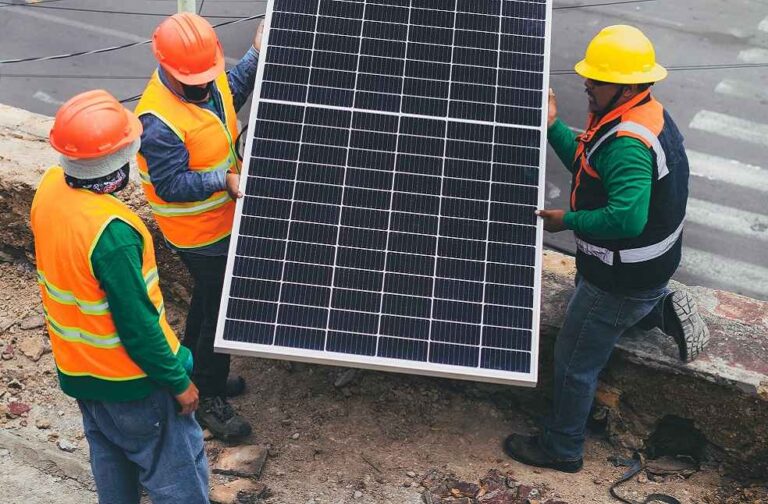Solar power is the cheapest source of energy, according to a report by the International Energy Agency (IEA), despite objections from critics who claim hidden costs and infrastructure limitations are being overlooked.
The IEA report has concluded that new solar projects are more cost-efficient than traditional fossil fuel-based energy production methods, including oil, gas, and coal, even when considering the associated intermittency costs. This is despite a common objection to renewable energy technologies such as solar and wind, which is the need for significant energy storage solutions to offset their non-continuous energy generation.

Solar power’s leading position was determined based on the levelized cost of energy (LCOE), a common metric in the energy sector that takes the total lifetime costs of an energy project and divides it by the total amount of energy the project will produce over its lifespan. Critics argue this metric overlooks the fact that renewables don’t generate power continuously, as well as the cost of required energy storage technologies.
Even so, the IEA has maintained its stance. When adjusted for dispatchability—the ability of a power source to supply energy on demand—solar power still stands at $60 per MWh, compared to natural gas at $80 per MWh, the report says.
Despite this, skeptics question the substantial subsidies solar power receives from various governments worldwide. They argue that if solar is truly the most affordable energy source, it should be more readily adopted, particularly in regions like Africa where there’s a massive untapped solar energy potential.

The answer lies in another overlooked cost: the transmission infrastructure. Regions like Africa, despite their vast potential for solar power, lack the necessary infrastructure to distribute the generated power to the end consumers. Even developed countries face challenges upgrading their grids to accommodate the incoming wave of new renewable energy capacity.
Grid balancing—maintaining a steady flow of electricity—presents another significant challenge. Rapid fluctuations in power generation, which can occur with wind and solar energy, are difficult for a grid to manage. For instance, in high-wind conditions, wind turbines often need to be deactivated, a process that involves substantial costs.
In essence, while solar power may appear cheapest on the surface, critics suggest a closer look at hidden costs and infrastructural challenges is necessary. Even with these considerations, however, the IEA firmly maintains that solar energy remains the most economical choice for power generation.
AUTOMOTIVE WORLD: Thales Bags Prestigious ISO/SAE Certification



